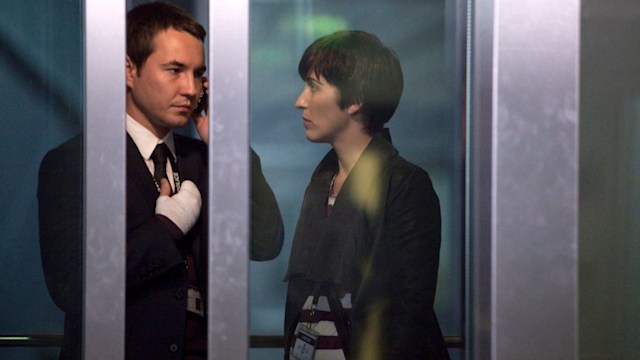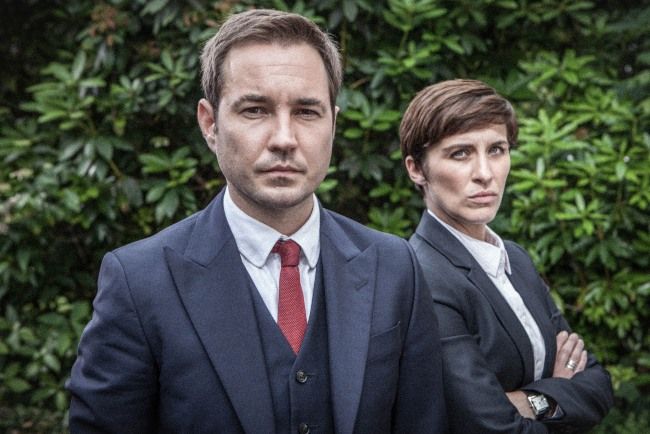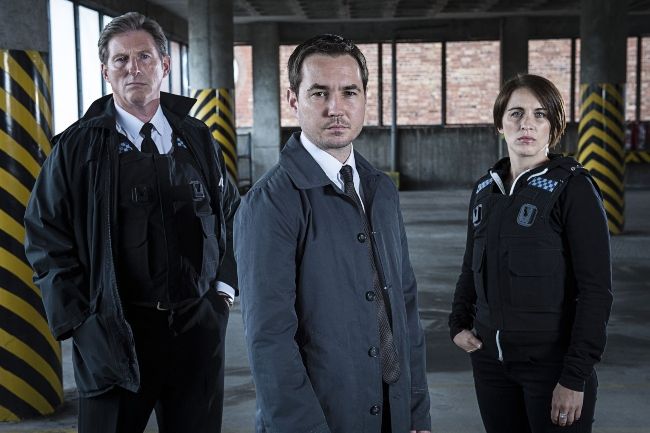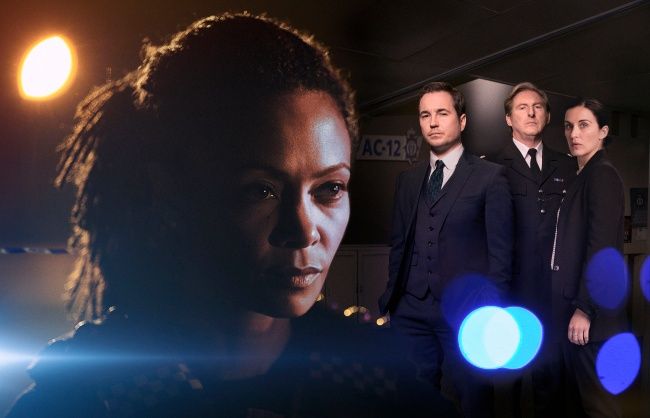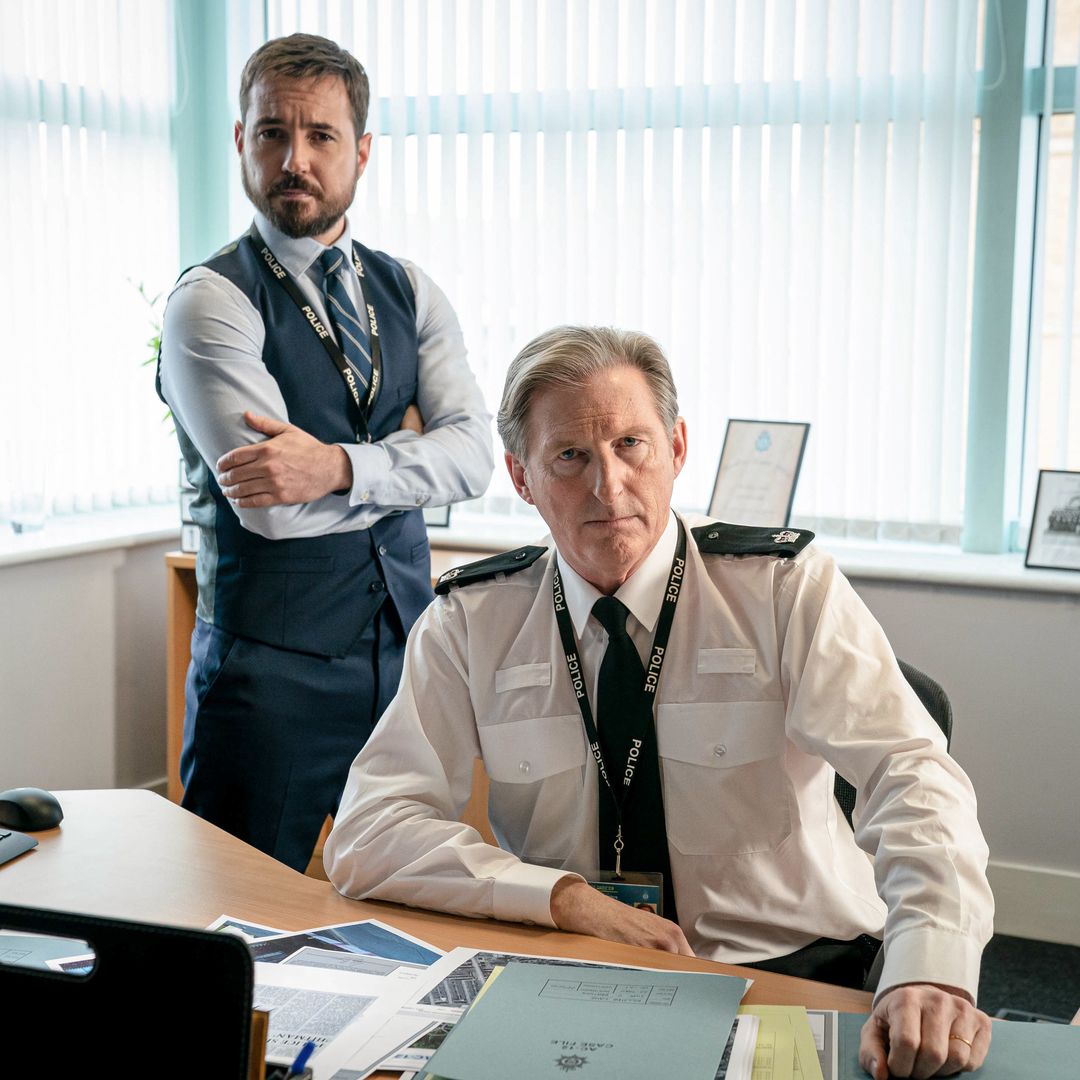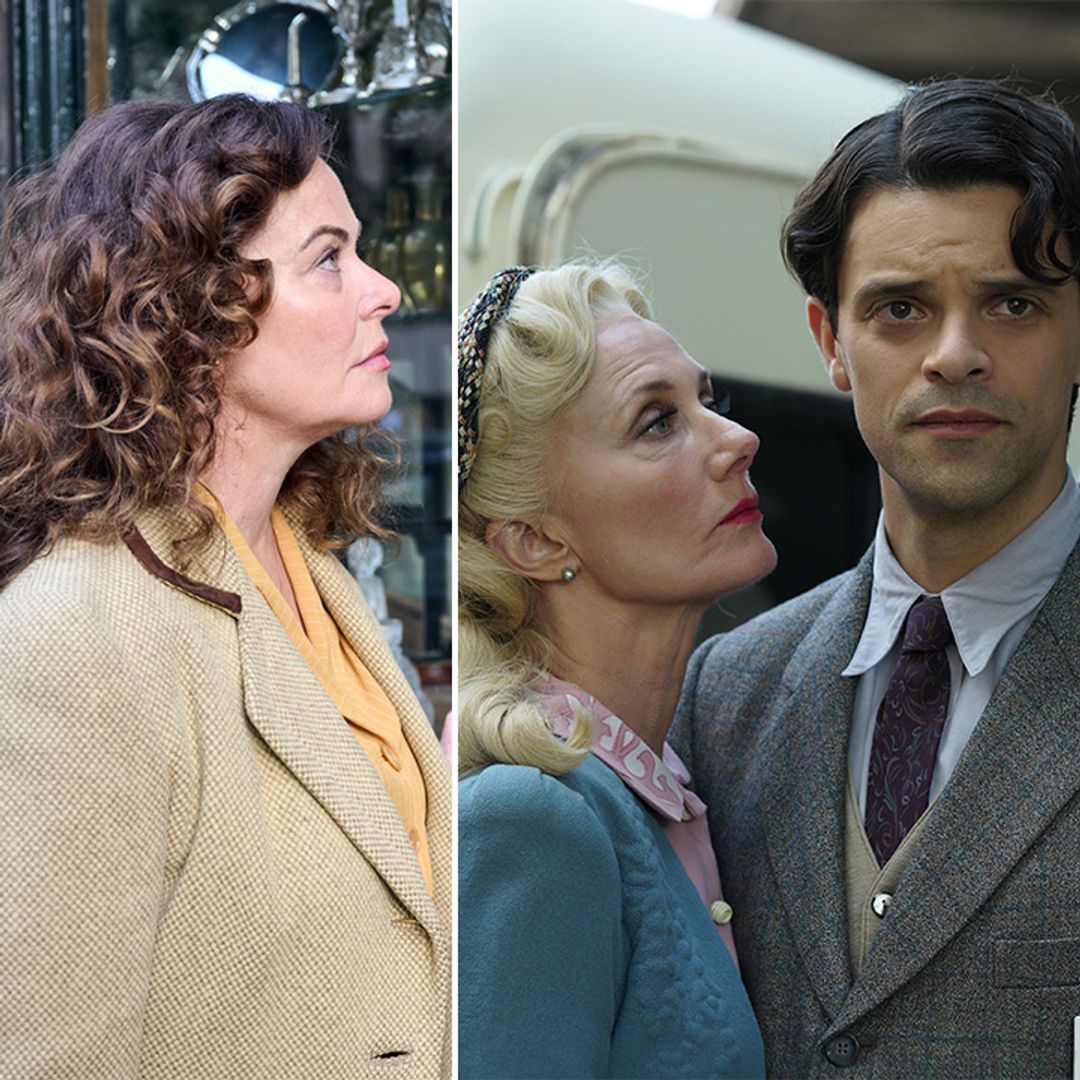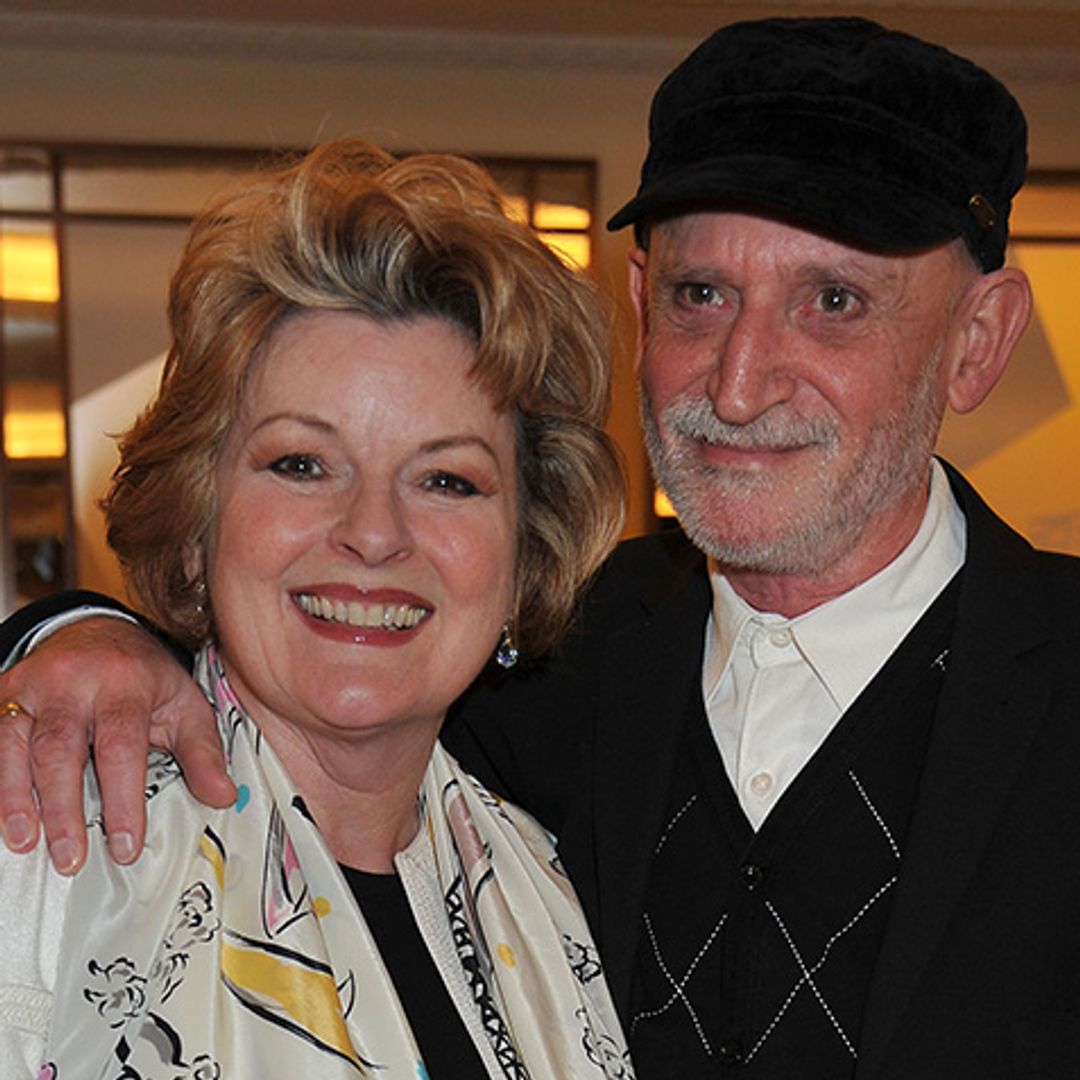With Line of Duty's season six return date just around the corner, it seems that everyone is gearing up to tune into one of the BBC's most popular shows. But can you dive straight into season six if you've never seen it before?
MORE: 6 questions we need answering in new series of Line of Duty
Of course you can! However, you might need a little bit of background info. If you've never seen the show before - or would just like to be reminded what has happened up to now - here's a quick recap of the first five series...
WATCH: Catch up with Line of Duty in 60 seconds
Line of Duty follows the anti-corruption unit of the police force (known as AC-12) and the unit's best officers; Superintendent Ted Hastings, DI Steve Arnott and DI Kate Fleming. In each season, the trio look into a different corrupt officer while also following the story from their suspect's perspective.
Line of Duty season one
In season one, the suspect is Tony Gates, a decorated police officer who helped his lover, Jackie, cover up a hit and run. He discovers that Jackie is involved in a crime gang, and is blackmailed after she is murdered and evidence is planted to make it look like he is the culprit.
Steve eventually realises that Tony is innocent of the murder, and eventually arrests a crime group member, Tommy, who hints that Jackie's murders (along with others in the season) were committed by "an inside man, someone special to him", introducing the elusive 'H' - a senior corrupt officer running an inside job - for the very first time.
MORE: Line of Duty star Craig Parkinson to be involved in season six
MORE: Line of Duty creator reveals how he was forced to change season one
Line of Duty season two
The suspect in season two is Lindsay Denton, a police officer who is the soul survivor of an attack while moving a witness in police protection, which saw the witness and her fellow officers killed. Lindsay is eventually found guilty of conspiracy to murder and sentenced to life in prison.
In this season, the team become aware of a corrupt officer with ties to H known as 'The Caddy', who is revealed to the audience to be Matthew 'Dot' Cottan, an officer who once worked with Tony Gates before joining the AC-12 team. Dot's secret remains unknown to the AC-12 team until season three.
Line of Duty season three
In season three, the team investigate Danny Waldron, an officer who kills an unarmed man and forces his team to lie about the circumstances. It is revealed that the dead man was actually one of Danny's abusers as a child, and he killed him out of revenge.
While investigating the case, Dot protects his true identity by setting up Steve as 'the Caddy', resulting in Steve's arrest. However, the truth is eventually uncovered thanks to Kate, and after a botched escape attempt, he makes a dying declaration which sees Chief Superintendent Patrick Fairbank - one of Danny's abusers - arrested.
Meanwhile, Lindsay Denton is released following an appeal, and helps Steve with the case in an attempt to redeem herself. She is killed by Dot, and receives posthumous commendation for her actions.
MORE: Line of Duty announces major change ahead of series six
Line of Duty season four
Season four sees AC-12 investigate Ros Huntley, who is initially accused of making a quick arrest due to pressure put on her by her superior, but who also attempts to cover up the murder of one of her colleagues in self-defence.
This series also introduces 'balaclava man', someone linked to H's crime group who attacks Steve, leaving him badly injured. The injuries have a longterm effect on Steve's professional and personal life.
Line of Duty season five
In season five, things take a different tack as the suspect is John Corbett, a suspected member of a crime gang who is actually revealed to be an officer under deep cover while trying to find out the identity of H and his associates.
The series sees Ted Hastings thrown into suspicion as H, but is eventually allowed to continue as the head of AC-12. It is also revealed that during Dot's dying declaration, he gave information about H using morse code by using four dots, suggesting there are actually four corrupt officers in the police force.
Like this story? Sign up to our newsletter to get other stories like this delivered straight to your inbox.
